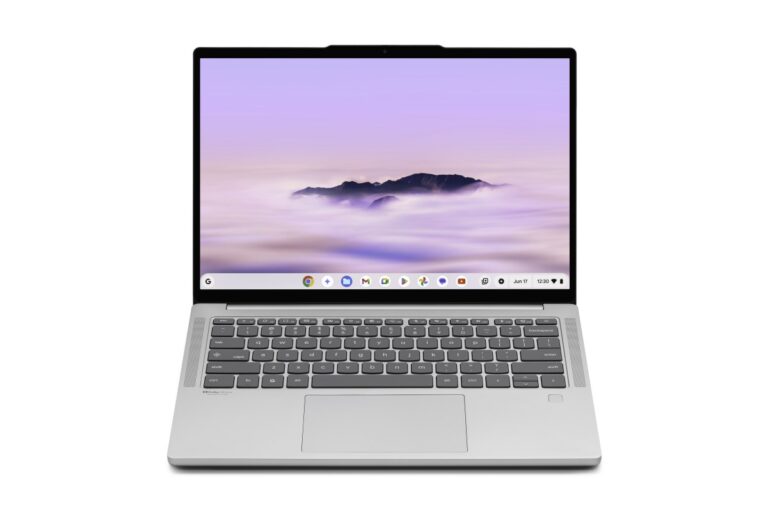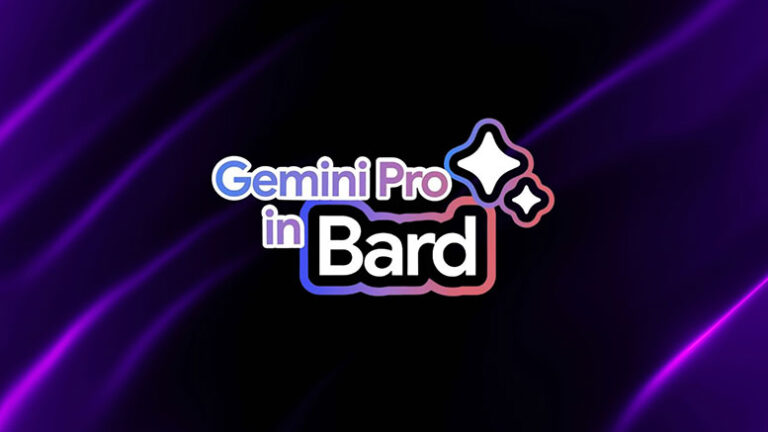Google’s AI Playbook Outpaces Apple and OpenAI
Table of Contents
Google’s annual I/O conference has always been a showcase of ambition, but in 2025 it felt like a victory lap. After a period of scrambling to catch up with OpenAI’s early lead, Google is now firmly dictating the pace of the AI race. The message from I/O 2025 was unmistakable: Google is going all-in on AI – and pulling ahead of rivals by leveraging an ecosystem that neither Apple nor OpenAI has yet to match.
Google’s All-In AI Strategy at I/O 2025
At I/O 2025, Google made it clear that AI is now central to everything it builds. From Search and Android to Workspace and even experimental hardware, Google unveiled a sweeping range of AI-driven updates across its products. The company officially replaced the old Google Assistant with Gemini 2.5 – its latest AI model – effectively making the Gemini AI the new intelligence layer across Google’s services.
This is a bold move: Google is baking AI into the core of its user experience. A standout example is Gemini Live, which combines your camera, voice input, and web knowledge to give real-time answers about whatever you point your phone at – an evolution of last year’s Project Astra experiment. In other words, Google’s assistant can now see and understand the world around you, not just respond to typed queries.
This all-hands-on-deck approach to AI contrasts sharply with Google’s tentative steps just a year or two ago. The rise of OpenAI’s ChatGPT in late 2022 had initially left Google looking flat-footed, but not anymore. Google has since become aggressive and unapologetic about asserting its leadership, openly declaring it has caught up after that early scare.
At I/O 2025, CEO Sundar Pichai and team demonstrated a vision of AI that is personal, proactive, and ubiquitous. Google’s AI will gladly analyze what your phone camera sees, draft emails for you, plan your weekend, or even call a store on your behalf. The intent is clear: Google doesn’t just want to offer a chat bot, it wants to be the assistant that users rely on for everything.
Integration Across Every Platform
One of Google’s greatest advantages – and one its competitors simply can’t replicate – is its vast ecosystem. I/O 2025 underscored how Google can integrate AI at a scale nobody else can touch. Consider Search, Google’s crown jewel: the company is rolling out a new “AI Mode” in Google Search to all U.S. users. This mode essentially embeds a conversational AI chatbot inside the familiar search interface. Instead of just getting blue links, users can ask follow-up questions in context, get synthesized answers, and even see the AI kick off multiple background searches to compile an answer.
This is Google leveraging its dominance in search to keep its dominance in search – by making the experience smarter. It’s a preemptive strike against users drifting to ChatGPT or Perplexity. (Analysts had warned Google’s search share could slip in coming years if it didn’t evolve, and Google clearly took that warning to heart.)
Beyond search, Google is weaving AI into hardware and software in a way only it can. Chrome, the world’s most-used web browser, is getting Gemini built right in. By embedding its AI model directly into Chrome, Google is effectively turning the browser into a “smart assistant” that understands the content of webpages you visit and even your personal context like calendar entries.
No other company has the reach of Chrome – and Google is using that reach to put AI at everyone’s fingertips. On Android, Google showed how its AI can control the phone itself. In a demo, Project Astra capabilities let the assistant navigate apps and make calls on an Android phone via voice commands. It’s a glimpse of a “universal” AI assistant that can act across the operating system – something Apple’s Siri, sadly, still struggles to do for even basic tasks.
Crucially, Google is bridging its services together with AI. Your Gmail and Calendar aren’t siloed apps in this vision – they’re data sources to make the AI more helpful. Google’s new AI can pull personal context from Gmail (if you opt in) to tailor search results and answers. It can scan your emails for travel plans or preferences and use that to refine what it tells you. It can integrate with Google Maps when you ask about “things to do this weekend,” or set reminders and schedule appointments through natural conversation.
In effect, Google is turning its entire product suite into one cohesive super-assistant. This is the sort of deep integration that only Google’s breadth allows – Apple, with its famous walled garden, has kept services like Siri, Mail, Maps, etc. more segregated (and under-developed in AI), while OpenAI simply doesn’t have these consumer apps or user data streams to draw on at all.
Rivals Falling Behind: OpenAI Lacks Reach, Apple Lacks Vision
Google’s biggest advantage in the AI race isn’t just technical—it’s structural. Where OpenAI has breakthrough models and Apple has hardware polish, Google has both and a massive distribution engine. OpenAI may have ignited this era with ChatGPT, but it still has no platform. It relies on partnerships—Microsoft, API developers—to reach users, while Google can push Gemini directly into Search, Chrome, Android, Gmail, and more. That’s why Gemini now has 400 million monthly active users and ChatGPT, despite its early hype, is seeing slower relative growth. Google’s assistant lives inside products people already use; ChatGPT still requires you to go out of your way to use it.
Meanwhile, Apple—once synonymous with seamless user experience—has completely missed the AI moment. Siri, a decade-old experiment, now looks like a relic next to Gemini’s proactive voice-camera assistant. Reports suggest Apple is scrambling to catch up, but there’s no clear sign it’s even close to shipping a competitive AI model. Its privacy-first, on-device ethos may earn points with loyalists, but it’s cost Apple years of data, training, and iteration. And even its impressive silicon—Neural Engine, M-series chips—can’t make up for the fact that Apple still doesn’t have a GPT-class model.
While OpenAI lacks the muscle to deliver AI at platform scale, Apple lacks the AI to match platform ambitions. Google has both. It’s embedding AI into every layer of the user experience—turning its ecosystem into a playground for powerful, assistive features. Developers already have Gemini APIs. Consumers are getting generative AI in Gmail, Search, Docs, and even Android XR glasses. Google’s “assistant layer” isn’t a concept—it’s shipping, integrated, and growing. If current trends hold, even iPhone users may end up preferring Google’s AI over Apple’s native options. That’s not just a win. That’s checkmate.
Owning the Assistant Layer
Google’s I/O 2025 made one thing clear: it wants to own the assistant layer—that intelligent bridge between you and everything digital. Whether you’re using a phone, browser, email, or glasses, Google’s AI is positioning itself as the default help system across platforms. Gemini isn’t just another chatbot—it’s being wired into Search, Android, Chrome, Workspace, and even upcoming XR hardware. No other company has that kind of reach, and Google is exploiting it with precision.
OpenAI can’t match the scale. Apple can’t match the capability. Even Meta’s efforts feel scattered by comparison. Google’s approach is unified, aggressive, and already monetizing. Its $249/month Ultra plan, 150 million+ paid subscribers, and 400 million Gemini users are proof that Google is embedding its AI into everyday workflows.
The bottom line: Google isn’t reacting to the AI race anymore—it’s dictating the terms. It has the models, the platforms, and the user base. And if current momentum holds, Gemini won’t just be Google’s assistant—it’ll be everyone’s.






